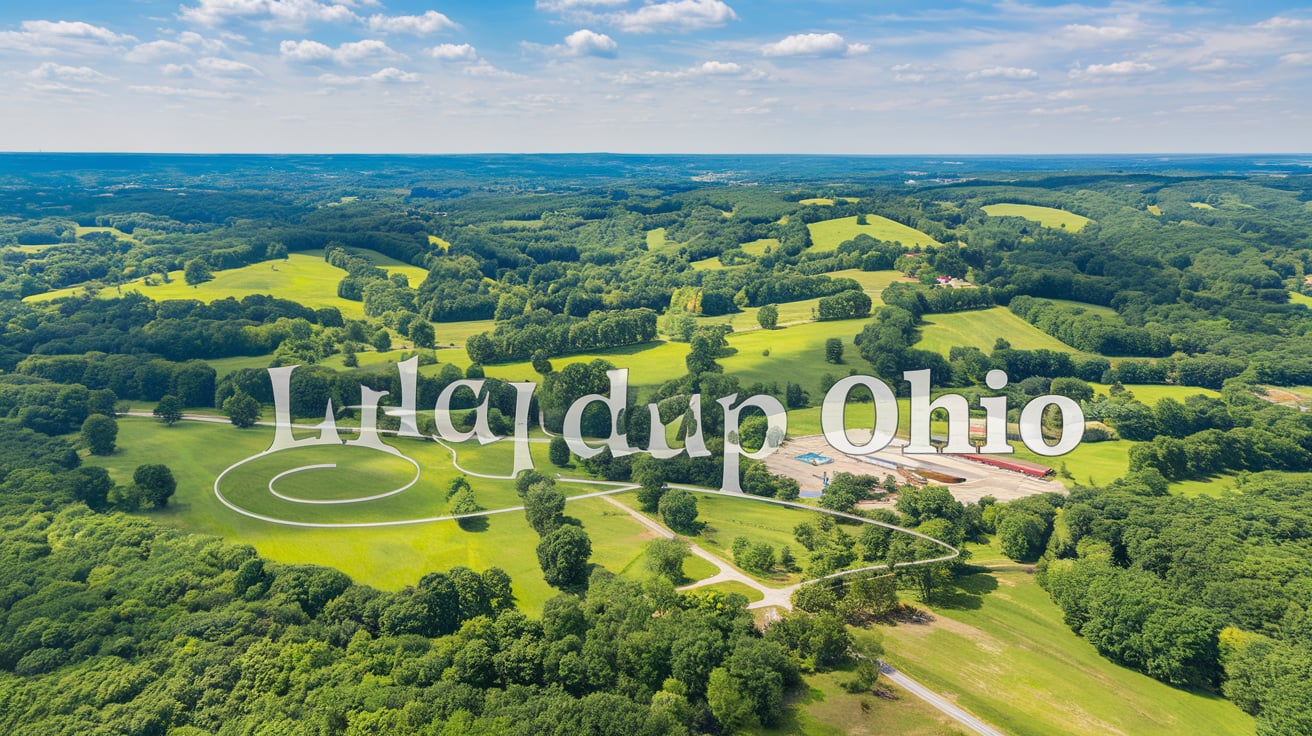The San Pedro Valley is a picturesque region that captivates visitors with its unique landscapes, rich history, and vibrant ecological diversity. Nestled in southeastern Arizona, this valley holds a treasure trove of natural beauty and cultural significance. Stretching along the San Pedro River, the valley is a hub for wildlife and outdoor enthusiasts and a site of historical intrigue and archaeological wonder. This article delves deep into the beauty, history, and significance of the San Pedro Valley.
The Geographical Charm of San Pedro Valley
The San Pedro Valley is in a region characterized by its semi-arid climate and breathtaking vistas. The valley extends approximately 140 miles, following the meandering course of the San Pedro River, which is one of the last free-flowing rivers in the United States. This river acts as the lifeline of the valley, sustaining an ecosystem that is both fragile and vibrant. The valley’s location places it between two mountain ranges—the Huachuca Mountains to the west and the Mule Mountains to the east—creating a diverse topography that draws visitors and researchers alike.
The San Pedro Valley’s unique position within the Sonoran Desert means it boasts a remarkable variety of flora and fauna. From towering cottonwoods lining the riverbanks to the resilient mesquite trees scattered across the plains, the valley’s vegetation is as varied as it is enchanting.
Ecological Importance of San Pedro Valley
The San Pedro Valley is recognized as a critical ecological corridor, supporting an astonishing range of wildlife. The valley is a vital migratory path for hundreds of bird species, making it a premier birdwatching destination. Every year, birding enthusiasts flock to the valley to observe species like the elegant trogon, vermilion flycatcher, and gray hawk.
Moreover, the San Pedro Valley is home to various mammals, including deer, javelinas, and bobcats. The river is a haven for aquatic species and supports the riparian habitats many creatures depend on for survival. Conservation efforts in the valley aim to protect these habitats and ensure that the ecosystem’s delicate balance remains intact.
Historical Significance of San Pedro Valley
The San Pedro Valley has been a cradle of human habitation for thousands of years. Archaeological evidence indicates that prehistoric peoples once thrived here, leaving artifacts and remnants of ancient settlements. Some of the most remarkable discoveries in the San Pedro include Clovis and Folsom points, which date back to the Paleo-Indian period.
During the Spanish colonial era, the valley became part of the trade routes used by explorers and missionaries. Establishing missions along the river brought a blend of European and Indigenous cultures, leaving an indelible mark on the region’s history. Later, in the 19th century, the San Pedro Valley played a role in the United States’ westward expansion, with settlers and miners flocking to the area in search of opportunity.
The Role of the San Pedro River
The San Pedro River is the heart and soul of the San Pedro Valley. Its perennial flow sustains the valley’s ecosystem and its human inhabitants. The river originates in Mexico’s Sierra Madre Occidental and flows northward into the United States, carving a lush ribbon of green through the desert landscape.
Despite its ecological importance, the San Pedro River faces numerous threats. Groundwater depletion, climate change, and urban development pose significant challenges to the river’s health. Conservation groups and local communities are actively working to mitigate these impacts through sustainable practices and advocacy. Their efforts aim to preserve the river’s flow and maintain the biodiversity of the San Pedro Valley.
Outdoor Activities in San Pedro Valley
The San Pedro Valley offers a wide range of recreational activities for outdoor enthusiasts. Hiking is one of the most popular ways to explore the valley, with trails winding through diverse landscapes, from desert plains to riparian forests. The San Pedro Riparian National Conservation Area is a must-visit for those who wish to immerse themselves in the valley’s natural beauty.
Birdwatching is another major draw of the San Pedro Valley. Visitors can bring binoculars and cameras to capture the vivid colors and behaviors of the valley’s avian residents. Photography, in general, is a popular pastime here, as the stunning sunrises, sunsets, and panoramic views make for picture-perfect moments.
Additionally, the valley provides horseback riding, camping, and wildlife observation opportunities. With such various activities, the San Pedro caters to nature lovers.
Cultural Heritage of San Pedro Valley
The San Pedro Valley’s cultural heritage is as diverse as its natural landscape. Indigenous tribes, such as the Apache, have called this region home for centuries, and their legacy is evident in the valley’s history and traditions. Today, the San Pedro serves as a reminder of the resilience and creativity of its early inhabitants.
The influence of Spanish and Mexican culture is also apparent throughout the valley. Architectural styles, culinary traditions, and community celebrations often reflect the blending of these cultures, offering a unique experience for visitors interested in the region’s heritage.
Challenges Facing the San Pedro Valley
Despite its many wonders, the San Pedro Valley faces significant environmental and social challenges. Urban expansion and agricultural demands have led to water scarcity, threatening the river and its habitats. Conservationists work tirelessly to address these issues, but sustainable solutions require collaboration between government agencies, local communities, and environmental organizations.
Climate change also poses a looming threat to the San Pedro Valley. Rising temperatures and changing precipitation patterns could profoundly affect the region’s ecosystem. Protecting the San Pedro Valley requires proactive measures to combat these challenges and ensure that future generations can continue to enjoy its beauty.
Why the San Pedro Valley is Worth Protecting
The San Pedro Valley is more than just a scenic destination; it is vital to Arizona’s natural and cultural heritage. Its landscapes, wildlife, and history create a captivating and irreplaceable tapestry. By supporting conservation efforts and sustainable practices, we can help preserve the valley’s unique character for years to come.
Visitors to the San Pedro Valley often leave with a sense of awe and a deeper appreciation for the natural world. Whether you’re drawn to its ecological significance, historical intrigue, or recreational opportunities, the valley has something to offer everyone.
Conclusion
In conclusion, the San Pedro Valley is a rare and invaluable treasure, blending natural beauty, rich biodiversity, and deep historical roots. Its landscapes and ecosystems showcase the delicate balance of life in a semi-arid environment, while its cultural heritage highlights the enduring connections between people and the land. Despite its challenges, including water scarcity and climate change, the San Pedro Valley remains a beacon for conservation efforts and a reminder of the importance of sustainable stewardship.
Whether captivated by its thriving wildlife, enchanted by its historical significance, or drawn to its recreational opportunities, the San Pedro Valley offers something extraordinary for all who visit. By supporting ongoing efforts to protect and preserve this unique valley, we can ensure its legacy endures for generations to come, maintaining its status as one of Arizona’s most cherished and awe-inspiring regions.




